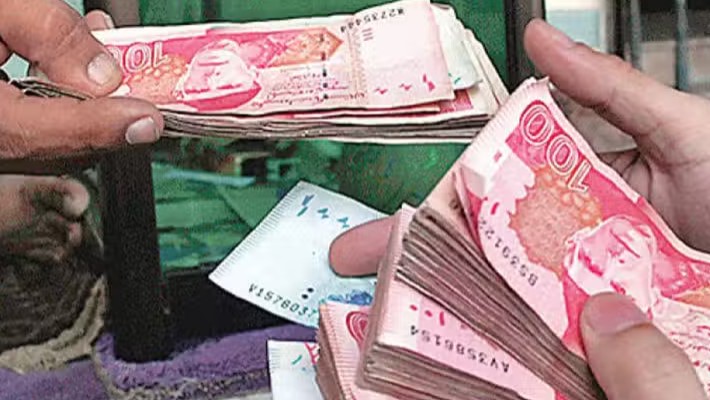Umar Shahid, a supporter of the The Struggle in Pakistan looks at the Pakistan economy and the recent austerity budget.
*****
Pakistan’s recent elections ushered in a new “democratically elected” coalition government led by the Pakistan Muslim League-Nawaz Group. This coalition presented their first budget which has shattered people’s hopes. They labelled it a historical draconian budget, which brought more austerity measures and increased taxation, all of which will just result in more poverty and unemployment.
In theory, as the capitalist approach suggests, a national budget serves as a roadmap for the future financial period, dictating economic policy and planning. However, in Pakistan, this crucial document has lost any real utility. Policymakers, grappling with constant uncertainty and recession, struggle to define clear targets, rendering long-term planning a distant dream in this chaotic and unfettered economic landscape.
Contraction of economy
As most of the economy in Pakistan is undocumented, it is difficult to measure its true size. In light of available data based upon purchase parity, Pakistan’s economy is equivalent to USD 1.5 trillion. On the other hand, only a small part of this huge economy is within reach of policy makers. All government documents, indices, surveys, and even budgeting, can determine only a tiny part of it.
The ‘formal’ economy has been estimated at 374 billion dollars with a growth rate of 2.38% last year, but the population growth rate was 2.55% during this period. There is no doubt that the economy has been declining in a real sense since and the pace of this decline is accelerating.
For the past two years, the economy has been officially in ‘stagflation’, a state of the economy in which the rate of inflation is higher than economic growth. In the last year, the official inflation rate stood at 29 %, while GDP growth remained below 3 % and the budget targets suggest that the economy will continue to stagnate for years to come.
For the next financial year, government has set the target for inflation at 12% while the target of economic growth is 3.6%. In this situation, poverty and unemployment will increase and economic development will slow down. According to Hafeez Pasha, the former finance minister of the country, the average inflation rate is expected to be 19 or 20% next year due to the huge increase in taxes.
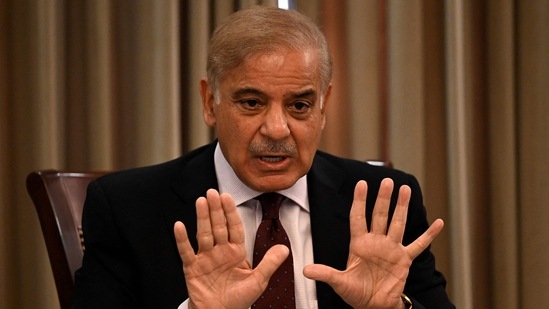
(Pakistan Muslim League – Nawaz)
[Photo – AFP]
Even before the presentation of the budget, Prime Minister Shehbaz Sharif and the government’s economic team announced that Pakistan would go into the next programme of the International Monetary Fund (IMF). It clearly exposes the bankruptcy of the ruling elite that their economic policies are only to obey their imperialist masters, whose sole job is to safeguard the interests of their masters on the backs of ordinary people.
While the total foreign debt of the country is now US$124.5 billion – 42% of GDP – it may seem manageable on a global scale but the country struggles to earn enough foreign currency through exports to cover import costs. The current account deficit, totaled US$30.5 billion in 2022-23 (excluding remittances). Almost 90 per cent of this was covered by remittances of Pakistanis working abroad, and the remaining gap is filled with additional foreign borrowing, creating a potentially unsustainable cycle.
The value of the rupee is depreciating due to these factors and the state tried to control this with strict controls on imports. However, the IMF’s orders to leave the rupee dependent on the free market will further depreciate it. Again, a former banker has been appointed as the finance minister of the country. His sole aim is to ensure the implementation of the economic prescriptions of the imperialist financial institutions.
However, how successful he will be in this remains to be determined through circumstances. Another important factor is the excessive internal borrowing by the government; the rupee is also depreciating due to the government’s excessive banknote printing and borrowing. Further depreciation of the rupee is expected in coming fiscal year. This will have an adverse impact on the prices of commodities here, which mean more inflation for people.
Profits for Rich, Losses for Poor
Due to its historic organic weakness and character, the Pakistani state has failed to build a healthy capitalist society in the country. It has the lowest tax collection rate on incomes and profits in the region and parasite capitalists rely on state incentives for their profitability. A 2020 report by the UNDP titled the National Human Development Report (NHDR) for Pakistan highlights concessions and advantages enjoyed by powerful groups in Pakistan, including the corporate sector, feudal landlords, the political class, and the military.
These advantages are estimated to drain an estimated $17.4 billion, or roughly 6% of Pakistan’s GDP per annum. However, their products are not able to compete abroad. Every year exports are decreasing instead of increasing and now the country has to import the necessities like wheat, pulses and cooking oil from abroad.
However, the economy of any society or country is not one-sided, but it is two different economies The term macroeconomic is generally used for the country’s economy, which is actually based on the economy of the rulers. For Marxists, the key question is to go beyond the bogey of these statistics to cover the real-world impact of the economy on society and the economy at the level of the common person. The current budget is effectively a painful budget, whose sole purpose is to ensure the recovery of their debts to the IMF and other financial institutions, which is in fact tantamount to the socio-economic massacre of the workers.
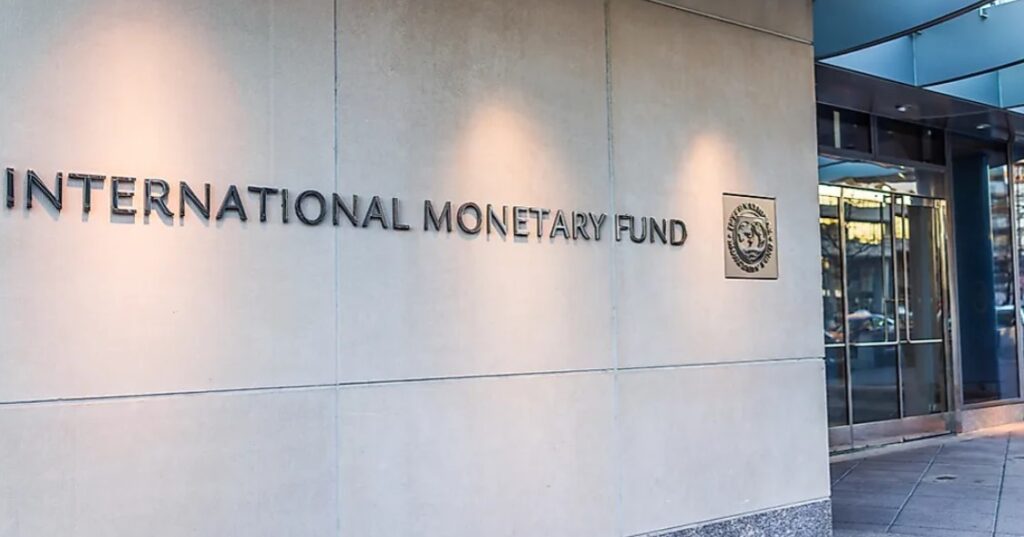
[photo – Kristi Blokhin – Shutterstock]
According to the results of a public survey published in the Express Tribune, 94% of the country’s population is unfamiliar with economic terms such as GDP growth rate, current account, and 98% of the population is not familiar with words like per capita income. People ignore this fancy terminology or promises of the government and they are getting to know the true nature of these budget swindles.
More Tax Burden for People
In the current federal budget, a 37% increase in tax revenue and a target of 10.4% tax to GDP has been set. This is an unrealistic target due to the country’s economic and social situation. For a long time, tax revenues have not increased in the country, but have decreased in proportion to GDP. For example, in 1974, the ratio of Pakistan’s taxes to GDP was 10.3%, which decreased to merely 8.7% in 2018. During this entire period, the GDP increased but the taxes did not increase at the same rate.
From 2018-19 to the 2023-24, the tax revenues have increased by 14.20%, but in real terms, after inflation, the tax revenue increased by only 1.15% per annum. 60% of the total taxes collected annually are indirect taxes, which the common person has to pay on the purchase of every item.
Now in the current federal budget, out of total tax revenue of 9.4 trillion rupees, 5.16 trillion, i.e. 54%, of direct taxes have been targeted. This includes the implementation or increase of sales tax and GST rates on various goods, which is bound to further increase the current rate of inflation. During the briefing given to the Standing Committee on Finance, the chairman of the Federal Board of Revenuer (FBR) himself said that the salaried class is paying 375 billion, importers 90 to 100 billion while retailers are paying only 5 billion in tax.
Although the income tax rate not increased for the salaried class, there has been a change in the tax brackets due to which the tax rate has also increased on the low-income earners. In the last 5 years due to inflation, depreciation of the rupee and other factors, the real income of salaried persons has decreased by 45%. Now a 45% increase in current income is required just to maintain the current real income. Nevertheless, the increase in taxes will further reduce the real incomes.
According to the government statistics, only 2 million of the total labor force of 80 are considered as formal and regular wage earners. This work force is works for an employer on a permanent or contractual basis and their regular salaries are transferred into bank accounts. They are easy tax targets for the government, which can easily collect taxes from them.
Widening Inequalities
Pakistan is one of the countries where there is a wide gap between incomes. On one side, there is endless wealth and on the other, side vast seas of poverty. According to the Global Income Inequality Index 2023, the daily income of the top 1 % in Pakistan is $67.34, which accounts for 15.73%of the total national income. On the other hand, more than half of the country’s population has a daily per capita income of $1.39 and they have a share of 16.39% of the total national income.
Inequality of incomes is increasing with each passing day, from the data given in the Economic survey of black money and increasing income inequality in the economy of Pakistan. It estimated that large-scale manufacturing suffered a negative growth of 26% and this year it has grown by 2 %, but in the first six months, its growth was a negative 10%. On contrary, the stock market index increased by 73% and the market capitalization recorded a 53% increase. Stock exchanges and financial institutions are making record profits while the common person is starving.
If we look at this crisis on a class basis, the rich are getting richer and the poor are getting poorer. According to the data from the Pakistan Stock Exchange, in 2023-24, 83 major companies of Pakistan earned a net after tax profit of 1.66 trillion rupees, which was 45% more than the previous year. Even if we exclude the effect of inflation, the corporate profit in the state of economic crisis is currently at the highest rate in history at 18%.
During the same period, ten million more Pakistanis have fallen below the poverty line and due to the rising food prices, 82% of Pakistani households cannot afford healthy food. An average Pakistani household needs to spend at least 53,000 rupees per month for healthy and nutritious food, but the declared minimum wage is only 37,000 rupees. According to the labor survey of 2021, the average salary of Pakistani workers is only 24,000 rupees ($86) and in terms of the median incomes, more than half of the workers are forced to work for 18000 rupees ($64) or less.
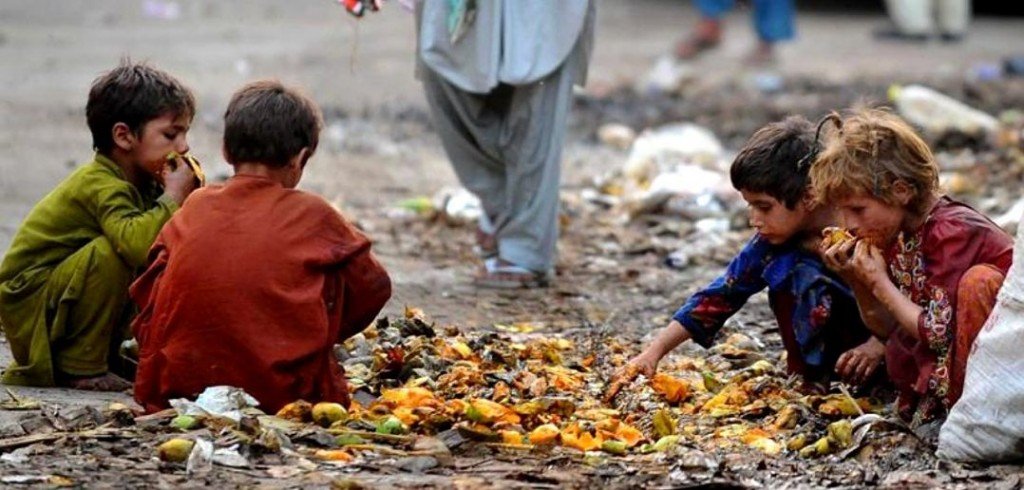
Thus, instead of eradicating poverty, this budget is actually equivalent to eradicating the poor. Looking at the employment situation in the budget targets, according to the estimates of the International Monetary Fund, the unemployment rate in 2023 was 8.5 %. This means that around 6.9 million Pakistanis were unemployed by the end of last year, but this does not include the large number who have become disillusioned and no longer part of the labor force.
For example, in 2013, the employment to population ratio was 64%, which has now decreased to 47.5%. Instead of creating new employment opportunities in this budget, there is a fear of diminishing opportunities. The government is going to implement a privatization program in which almost all public institutions will be sold to the private sector. Now, post-Budget, the private sector too will work to reduce the overall cost of doing business per worker by replacing ‘less efficient’ workers with ‘efficient workers’ i.e. employment opportunities will be reduced further. There is fear of more forced layoffs, which will not only increase unemployment but also poverty.
Casino Economy
If the Pakistani economy is carefully examined, it will not be out of place to say that it has become a “casino economy” which is living on the crutches of imperialist loans and aid; it is an economy that has become like a quagmire. Real sustainable development or industrialization is impossible in the present economic structure.
Since the foundation of country, the bourgeoisie has failed to industrialize or build a modern society. Industrialization has become a dream and there has been a rapid increase in the non-productive economy. Following the 1990s, the black money economy has grown rapidly, while the formal economy has declined.
The only economic program available to all successive governments is to promote “consumption oriented” growth. In this economic policy, economic growth is achieved around ‘consumption of goods and services’ rather than production or investments. It would not be an exaggeration to say that the country’s economic development has become dependent on consumption instead of production. All political parties and military dictatorships, including the Pakistan People’s Party (PPP), the Pakistan Muslim League-Nawaz (PML-N) and Pakistan Tehreek-e-Insaf (PTI), agree on the same policy.
Data suggests that in the last 15 years, the consumption of goods and services by the government and household consumers is now make 92% of GDP. This consumption is then maintained by debt to sustain this abnormal growth. This policy would have achieved temporary results in the short term, but the economy would have suffered the next crisis. It is the same as giving steroids to a diseased human body.
Political faces change, but the economic policies remain the same. According to the serious economists of the country, if the country’s economy grows by 3% per year, then for this consumption-dependent development, an external debt of 7 billion dollars will be needed annually. However, considering the country’s population, at least of 5 % of GDP growth yearly is necessary to generate adequate employment and gradually reduce poverty. However, this is impossible under the current economic policy.
Falling investments and savings
If we look at the recovery and economic development in the economy at this time, according to the data approved by the National Accounts Committee (NAC), the ratio of investment in Pakistan has fallen to its lowest level in 50 years. It has reached 13.1 % of the economy. Private sector investment fell to 8.7 % of GDP, the lowest level in nearly 25 years. Public sector investment fell to 2.8%, the lowest in four years. Likewise, the ratio of key savings to GDP fell to 13% from 13.1%. Lack of new investment is reducing job opportunities and further reducing the chances of the economy improving.
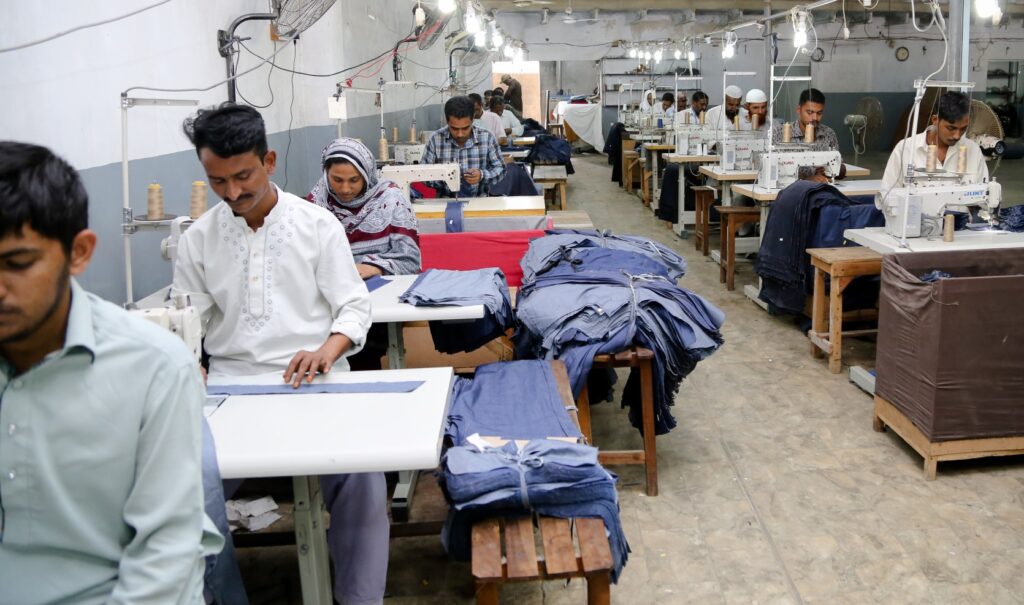
Due to the contraction of the manufacturing economy in the country, the productivity of the labor force is also falling sharply, which is leading to a decrease in the skills and productivity of the country’s work force. Labour productivity is considered the backbone of any country’s economic development; it is a better indicator to understand the real economic development of the country and the quality of life of the people.
However, Pakistan is currently among the countries with the lowest growth in labor productivity worldwide. According to World Bank data, Pakistan’s average annual growth rate was only 1.29 % between 1990 and 2018, in contrast to the fact that labor productivity in all other South Asian economies has more than doubled annually. Even the masters themselves have started talking about the incompetence of the elite.
What is ahead?
This so-called economic plan reeks of the same old capitalist poison, offering crumbs to the working class while fattening the wallets of the elite. For the past 77 years, the working classes in Pakistan have withstood the worst of economic hardship caused by the policies of the ruling elite. This relentless burden has taken a heavy toll, leaving people struggling to make ends meet.
The simmering frustration with these policies is reaching a boiling point, and the recent peoples uprising in Kashmir might be a harbinger of similar movements erupting across the region. People are forced to think that it is becoming impossible to live quietly. All political parties and ruling factions has been exposed and there is no hope in ruling elite.
Yet, due to absent of revolutionary leadership and continuous economic depressions, the working class has not yet played its role and they are just observing this black comedy of the ruling class. However, this will not continue; the people will rise again and will end to this never-ending horror of capitalism.

